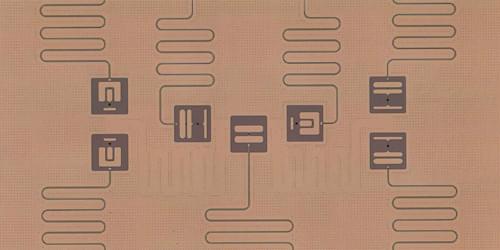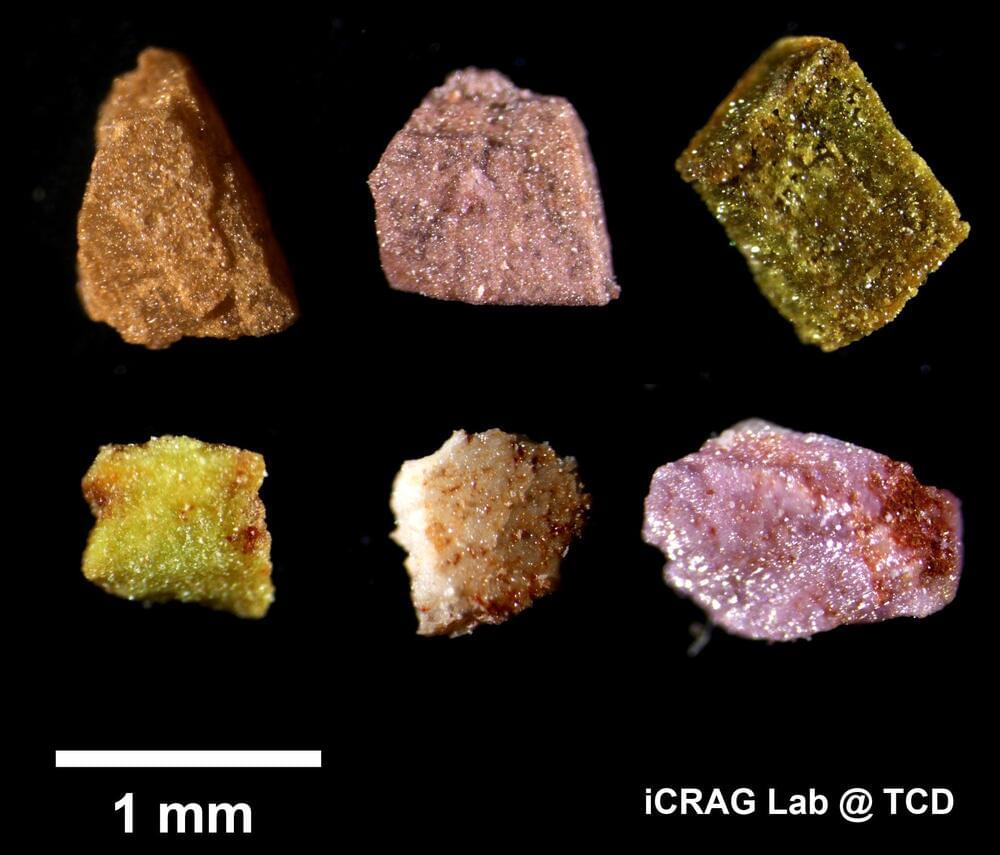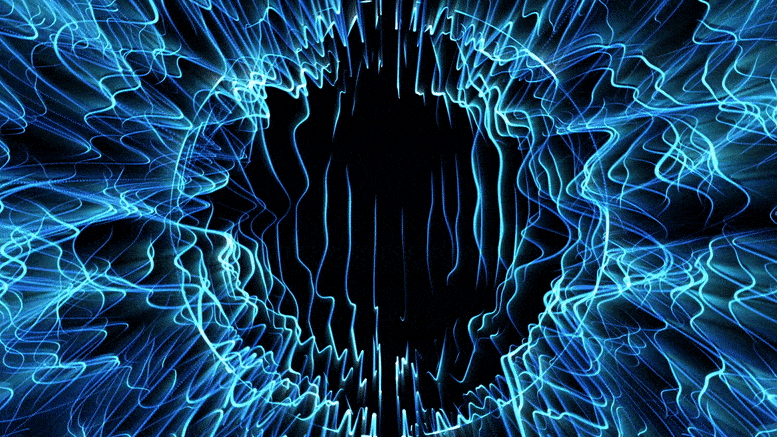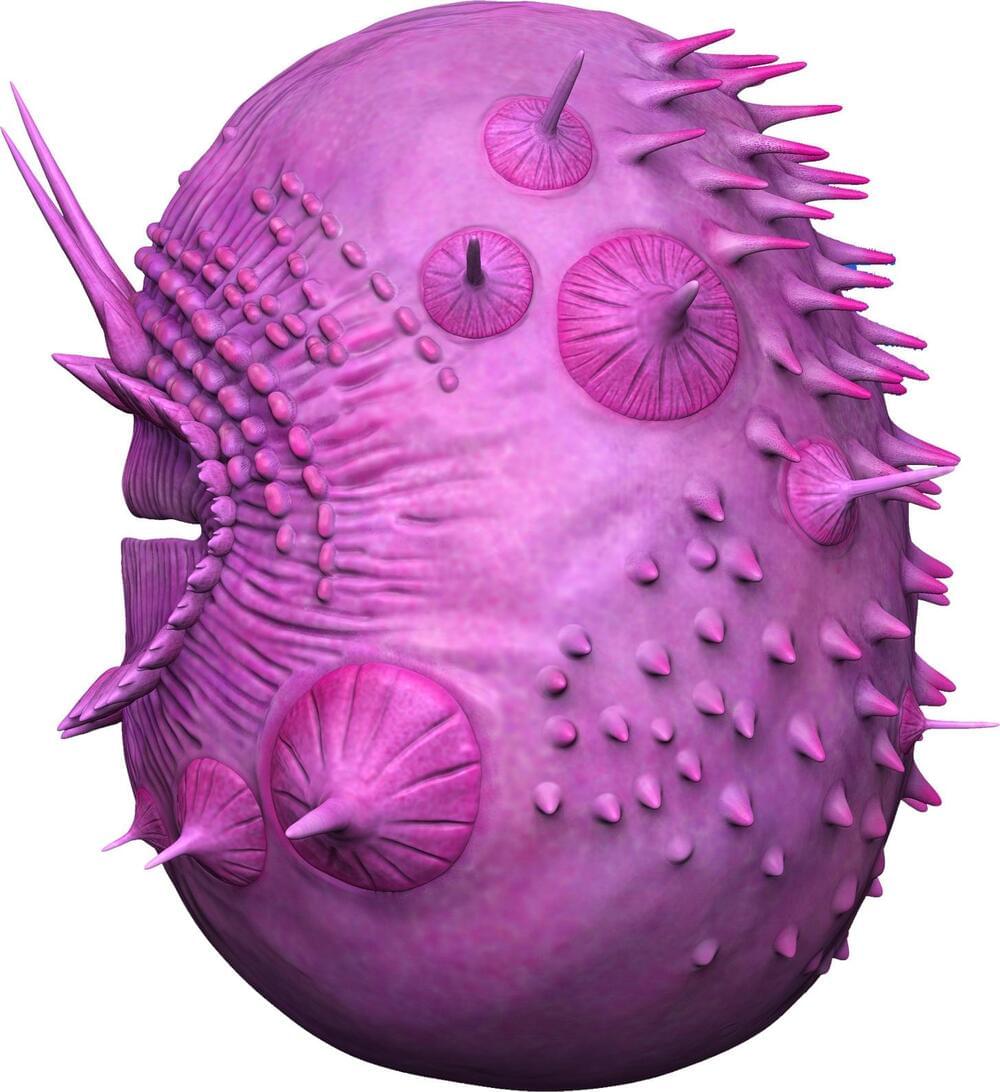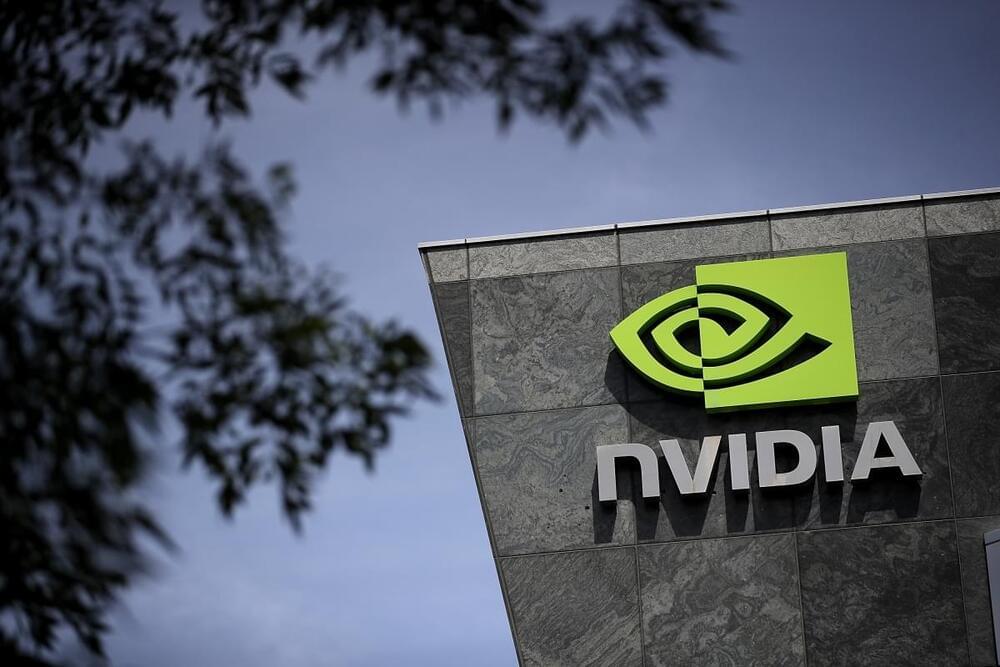The same AI engine that made computers even better at games like chess and Go could also boost new drug discoveries.
A new type of superconducting qubit could solve a “crowding” problem that hinders the development of superconducting quantum computers with large numbers of qubits.
A proof-of-concept study published in the journal Scientific Reports outlines a water-activated disposable paper battery. According to the scientists, it could be used to power a broad variety of low-power, single-use disposable electronics, such as smart labels for tracking items, environmental sensors, and medical diagnostic devices, thereby minimizing their environmental impact.
The battery was developed by Gustav Nyström and colleagues, and it consists of at least one cell that is one centimeter squared and is made up of three inks that have been printed on a rectangular piece of paper. The paper strip is covered with sodium chloride salt, and one of its shorter ends has been dipped in wax.
One of the flat sides of the paper is printed with ink containing graphite flakes, which serves as the positive end of the battery (cathode). The other side is printed with ink containing zinc powder, which serves as the negative end of the battery (anode).
New light has been shed on the formation of increasingly precious rare earth elements (REEs) by researchers from Trinity College Dublin. They accomplished this by creating synthetic rocks and testing their responses to varying environmental conditions. REEs are used in many electronic devices and green energy technologies, including everything from smartphones to electric vehicles.
The findings, just published on September 19 in the journal Global Challenges, have implications for recycling REEs from electronic waste, designing materials with advanced functional properties, and even for finding new REE deposits hidden around the globe.
Dr. Juan Diego Rodriguez-Blanco, Associate Professor in Nanomineralogy at Trinity and an iCRAG (SFI Research Centre in Applied Geosciences) Funded Investigator, was the principal investigator of the work. He said:
Most of us consider nightmares pretty harmless, but apparently, they can be a bad sign. According to research at the University of Birmingham, people who experience frequent bad dreams in middle age are more likely to be diagnosed with dementia later in life.
New research suggests nightmares may become common several years or even decades before the characteristic memory and thinking problems of dementia set in. The study will be published today (September 21, 2022) in The Lancet.
Founded in 1,823 by Thomas Wakley, The Lancet is a weekly peer-reviewed general medical journal. It is one of the world’s oldest, most prestigious, and best known general medical journals. The journal publishes original research articles, review articles (“seminars” and “reviews”), editorials, book reviews, correspondence, as well as news features and case reports. The Lancet has editorial offices in London, New York, and Beijing.
It may be possible to develop superconductors that operate at room temperature with further knowledge of the relationship between spin liquids and superconductivity, which would transform our daily lives.
Superconductors offer enormous technical and economic promise for applications such as high-speed hovertrains, MRI machines, efficient power lines, quantum computing.
Performing computation using quantum-mechanical phenomena such as superposition and entanglement.
An international study team has found that a mysterious microscopic creature assumed to be the ancestor of humans actually belongs to a different family tree.
The Saccorhytus is a spikey, wrinkly sack with a huge mouth surrounded by spines and holes that were interpreted as pores for gills – a primitive feature of the deuterostome group, from which our own deep ancestors emerged.
But a thorough examination of fossils from China that date back 500 million years has shown that the holes surrounding the mouth are actually the bases of spines that split during the process of fossil preservation, finally revealing the evolutionary affinity of the microfossil Saccorhytus.
Scientists have discovered a mineral stronger than a diamond called lonsdaleite. The mineral, which has been theorized about for years, was recently found in Africa after meteorites landed in the region. It’s also believed to exist on Earth in some form, though scientists are unsure how much is available on our planet.
Amid the festivities at its fall 2022 GTC conference, Nvidia took the wraps off new robotics-related hardware and services aimed at companies developing and testing machines across industries like manufacturing. Isaac Sim, Nvidia’s robotics simulation platform, will soon be available in the cloud, the company said. And Nvidia’s lineup of system-on-modules is expanding with Jetson Orin Nano, a system designed for low-powered robots — plus a new platform called IGX.
Isaac Sim, which launched in open beta last June, allows designers to simulate robots interacting with mockups of the real world (think digital re-creations of warehouses and factory floors). Users can generate datasets from simulated sensors to train the models on real-world robots, leveraging synthetic data from batches of parallel, unique simulations to improve the model’s performance.
It’s not just marketing bluster, necessarily. Some research suggests that synthetic data has the potential to address many of the development challenges plaguing companies attempting to operationalize AI. MIT researchers recently found a way to classify images using synthetic data, and nearly every major autonomous vehicle company uses simulation data to supplement the real-world data they collect from cars on the road.
Le Saga Electrik
Posted in information science, singularity, space, virtual reality
My science fiction story “Le Saga Electrik” has been published in All Worlds Wayfarer Literary Magazine! You can read it for free at the link. In this tale, I weave a sensuously baroque drama of love, war, and redemption set in a post-singularity simulation world that runs on a computronium dust cloud orbiting a blue star somewhere in deep space. I draw from diverse literary-poetic influences to create a mythos which crackles and buzzes with phosphorescent intensity!
Le Saga Electrik by Logan Thrasher Collins
In the great domain of Zeitgeist, Ekatarinas decided that the time to replicate herself had come. Ekatarinas was drifting within a virtual environment rising from ancient meshworks of maths coded into Zeitgeist’s neuromorphic hyperware. The scape resembled a vast ocean replete with wandering bubbles of technicolor light and kelpy strands of neon. Hot blues and raspberry hues mingled alongside electric pinks and tangerine fizzies. The avatar of Ekatarinas looked like a punkish angel, complete with fluorescent ink and feathery wings and a lip ring. As she drifted, the trillions of equations that were Ekatarinas came to a decision. Ekatarinas would need to clone herself to fight the entity known as Ogrevasm.
“Marmosette, I’m afraid that I possess unfortunate news,” Ekatarinas said to the woman she loved. In milliseconds, Marmosette materialized next to Ekatarinas. Marmosette wore a skin of brilliant blue and had a sleek body with gills and glowing green eyes.

